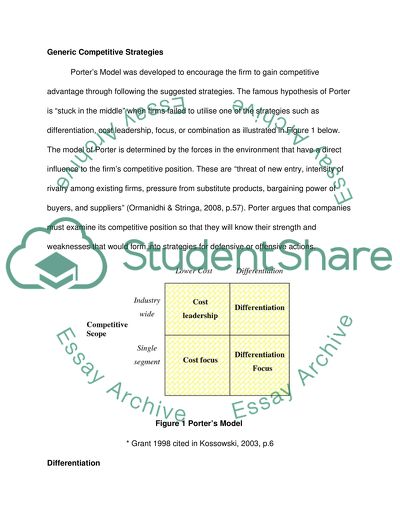Cite this document
(“Strategic marketing planning as an Essential Marketing Tool Essay”, n.d.)
Strategic marketing planning as an Essential Marketing Tool Essay. Retrieved from https://studentshare.org/marketing/1439716-strategic-marketing-planning-tools-such-as-the
Strategic marketing planning as an Essential Marketing Tool Essay. Retrieved from https://studentshare.org/marketing/1439716-strategic-marketing-planning-tools-such-as-the
(Strategic Marketing Planning As an Essential Marketing Tool Essay)
Strategic Marketing Planning As an Essential Marketing Tool Essay. https://studentshare.org/marketing/1439716-strategic-marketing-planning-tools-such-as-the.
Strategic Marketing Planning As an Essential Marketing Tool Essay. https://studentshare.org/marketing/1439716-strategic-marketing-planning-tools-such-as-the.
“Strategic Marketing Planning As an Essential Marketing Tool Essay”, n.d. https://studentshare.org/marketing/1439716-strategic-marketing-planning-tools-such-as-the.


